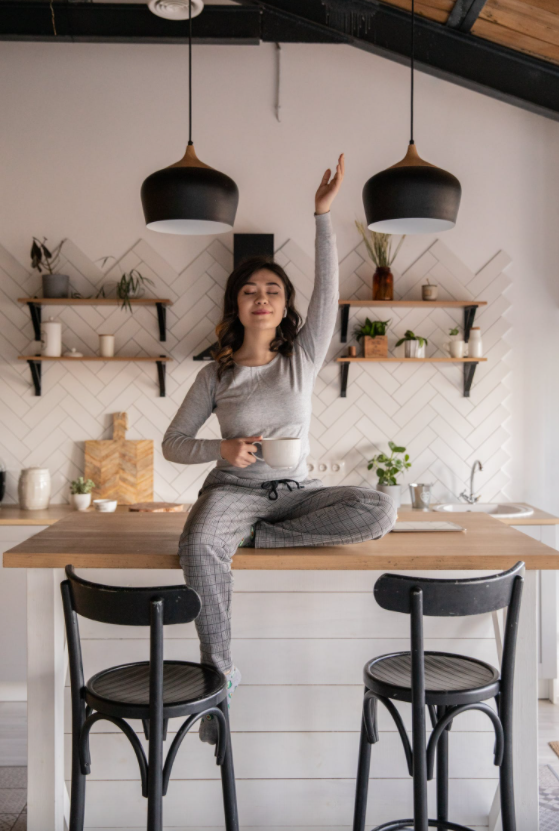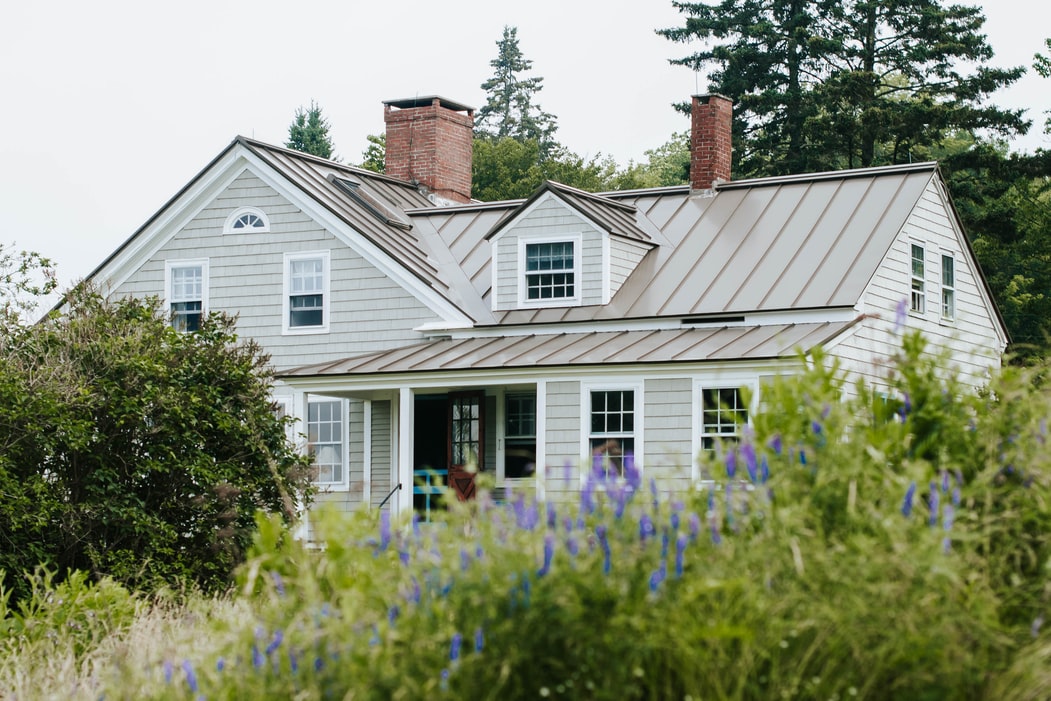Household Safety 101: How to Make the Home Stairs Safer

Here’s how to make the stairs in your home a little safer for your family and guests!

It is often said that it’s better to prevent danger than solve the resulting problem. By taking proactive measures, risks in your surroundings should be identified and prevented, rather than waiting to find a solution after a problem has occurred. Bear in mind that some hazards are irreversible, depending on their severity.
In the blink of an eye, accidents can happen in the household, and one of the most common sources of these accidents is the staircase. It is crucial that your stairs are not only accessible to everyone in the house but also safe and secure for all.
Here are some ways to properly secure your stairs and ensure household safety:
- Install anti-slip products
Slippery stairs pose a major threat to safety, especially in homes with children and elderly residents.
A fall from slippery stairs can result in injuries or damage to any part of the body, ranging from mild to severe, depending on the extent of the fall. As such, preventing this from occurring should be of utmost importance.
In order to prevent these hazards, it is important to Get anti slip products for your stairs. These products may include anti-slip treads, anti-slip coatings, and anti-slip mats.
Note:
When traction is improved, the risk of slips and falls is reduced.
- Improve lightning
For safe step navigation, adequate lightning is very much required. Proper illumination makes each step clearly visible, especially at night. The risk of falls or missteps is significantly reduced if your stairs are properly lit.
In order for this safety measure to work effectively, the lightning on your stairs must be both bright enough to illuminate each step,and evenly distributed to prevent shadows.
You may desire to add a sense of luxury to your home with a decorative lighting design, however, do not hesitate to select the most suitable and most effective lighting equipment for your stairs.
- Inspect and maintain your stairs regularly
A regular inspection must be conducted in order to ensure that the stairs are conducive enough to be used. This proactive measure helps to identify potential hazards and address them before they cause any form of harm.
Routine inspection and maintenance not only prevent accidents from occurring but also prolong the durability of your stairs, making them safer and reliable for years to come.
To conduct effective maintenance, the stairs should be kept clean and free from debris, damaged steps should be repaired as soon as possible, anti-slip products that are worn out should be changed immediately, and pests such as termites, should be exterminated swiftly.
- Install handrails
In situations where a fall is imminent, handrails can act as an effective barrier to prevent this fall. However, they must be sturdy enough to provide stability and prevent falls.
After installation, these handrails must be maintained regularly and replaced if they show any signs of deterioration or no longer provide the support required. In cases of screw damage and rust, you can replace the damaged screws with new ones without having to change the entire handrails.
Proper installation of handrails can significantly guarantee their effectiveness in protecting you from a fall. They must be installed as high as 34 to 38 inches above the nosing of the stair tread and secured tightly with firm brackets and screws.

- Maintain a consistent stair height and depth
One common problem in households is that the top step is often wider than the rest of the steps, as a result, people place their feet too far forward when descending to the second or third step, thereby resulting in a loss of balance and risk of falling.
Both the horizontal and vertical surfaces of your stairs should be uniform in their height and width. If your top step is higher than the remaining steps, consider hiring a carpenter to install a nosing on the landing. This simple, yet effective solution can greatly guarantee safety.
Uniformity in the height and depth of the stairs not only prevents hazards from occurring but also ensures ease of use for everyone in the household. This measure is beneficial to all homes, especially those with children and the elderly.
In conclusion
Whether you are building a new staircase or improving an existing one, bear in mind that every step counts, and should be kept in the best condition, as it only takes a fault in one step for a fall to occur.
Implementing safety measures such as installing anti-slip products and handrails, maintaining a uniform stair height and depth, regular inspection of stairs, and improving stair lighting can significantly reduce the risk of accidents.
As the saying goes, “An ounce of prevention is worth a pound of cure.”








